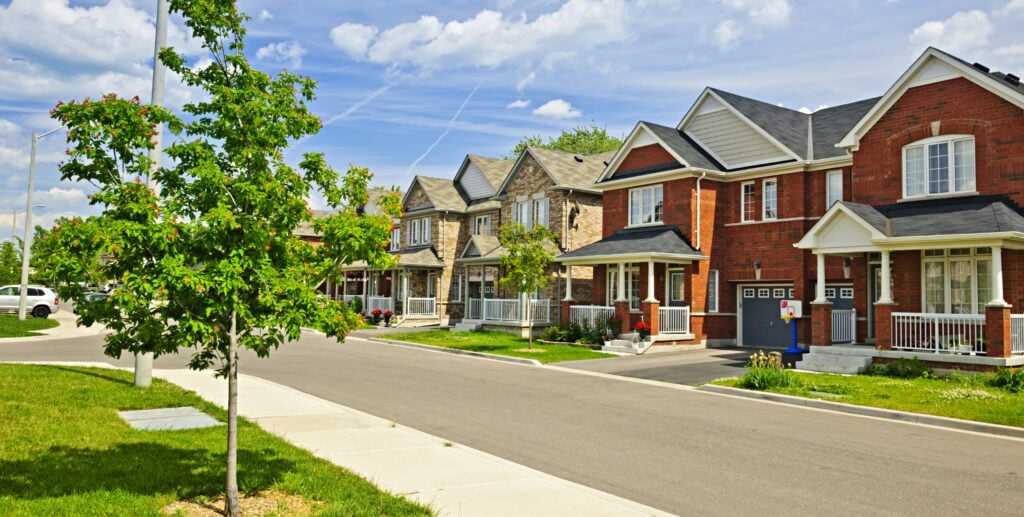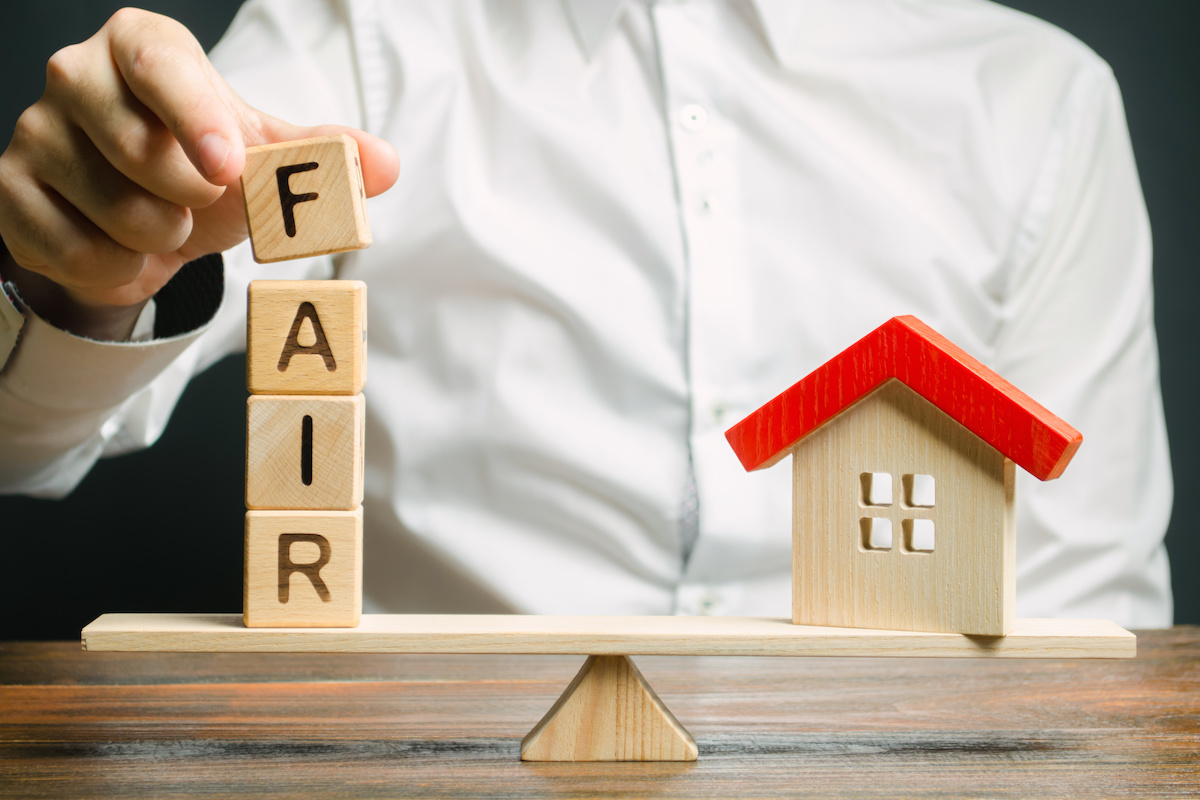Granny flats come in all shapes, sizes and costs.
Whether you’re looking to house elderly parents, earn income from your own backyard or increase the yield on an existing investment property, building a granny flat is an attractive option. But there are several things to consider before you start contacting builders and comparing quotes.
WHAT ARE YOU TRYING TO ACHIEVE?
PIPA board director and managing director of the ASPIRE Property Advisor Network Richard Crabb says when it comes to planning granny flats “the devil is in the detail.”
While it can be a great way of earning rental income, from an investment perspective, it might not be the best choice depending on the person’s strategy and where they sit on their financial journey, he says.
He suggests people consider their strategy first before assessing the planning considerations and site feasibility.
“Every council has its own rules.” he says. “Some allow granny flats as a right on R2 zoned blocks but others also require a DA approval. It’s very important to get the right advice.”
It’s important to consider why you are building a granny flat. Picture: Brad Fleet
INVESTMENT CONSIDERATIONS
Build quality and design is another thing to consider, especially if you are planning on renting out the property, he says.
“The next bit is really delving into the financial and investment perspective,” he says. “Granny flats can significantly boost rental yield, especially in the metro fringe, in those growth corridors where there’s that rental shortage and housing demand.
“But it might not necessarily increase the capital value of the property proportional to the costs. The capital value isn’t going to increase in line with what they spend, necessarily.”
MORE: LOL: Epic Aussie property listing fails revealed
Twist: Neighbour war erupts over ‘Berlin wall’
This is why strategy is so important, he says. If you are only building a granny flat as an investor to increase rent and you are doing so in an area where you aren’t likely to see any capital gains from the outlay of cash, there could be better ways to maximise your investment.
Quality design and construction will attract a certain type of tenant. Picture: John Appleyard
“They could be better off going and buying another completely brand new property separately and using that (money) as a deposit,” he says. “Rather than trying to overcapitalise on an existing asset that might not get the returns.”
On the other hand, says Propell Property managing director Michael Pell, granny flats can be a very useful investing strategy for those with existing properties who can’t take on a 30 year mortgage in order to generate a passive income. It may suit older couples who may not have the income to service a loan for an investment property but do have a backyard they don’t use anymore.
“The costs are relatively minimal to be able to create an extra $500, $600, $700 – $800 a week in rent,” he says. “You’re talking about a $700,000-$800,000 purchase versus a $100,000-$200,000.”
Michael Pell from Propell Property. Picture: supplied
BUILDING CONSIDERATIONS
Hipages trade Martin Nguyen from Kubra Building Services says it’s important to consider both the size of the block and the site conditions, including soil type, slope, and access, before planning a granny flat. While minimum land size varies across states, you generally need to have a block size of at least 450 sqm, he says.
hipages cost guides put the average granny flat between $80,000 and $160,000.
“However, if you’re after an incredibly high-end finish with top-of-the-line materials and prices, you can expect this to increase,” he says. “Keep in mind that these costs don’t just include the physical build. Preparation of the site, choice of materials, permits and compliance are all items you’ll need to factor into your budget.”
“Unfortunately, not all properties are suited for a granny flat.
“If the site has challenging terrain, poor access, or protected vegetation, homeowners may face higher preparation costs or even building restrictions.”
hipages tradie Martin Nguyen from Kubra Building Services. Picture: hipages/ Brett Stevens
When it comes to the build, time frames can vary, but generally it takes three to four months for council approvals to go through and another three to four months at a minimum for construction to be completed, he says.
“Site preparation, the complexity of the build, and how quickly approvals are granted will all impact the timeline of a build,” he adds. “However, conversions of existing garages or sheds may be completed faster.”
GRANNY FLAT CHECKLIST
Consider these things when researching the viability of a granny flat.
* Your strategy – why are you doing this? Is it to house relatives or to make money? Is there a better way of investing? Seek advice from the experts
* Council requirements – what planning restrictions are in place? Check with your local council
* Site feasibility – is your land big enough? How will you divide it? Are there easements or slopes?
* Financial considerations – how much will it cost? How much can you afford? Should you invest in better quality to attract tenants? Should you buy a prefab home?
* Market conditions – what demand is there for rentals? How much rent will you likely earn? If you are housing relatives, will you rent it in the future? If you plan on selling it in the future, will it add to the value or detract from it?
MORE: ‘Cash boost’: Money you can claim from today



















 English (US) ·
English (US) ·